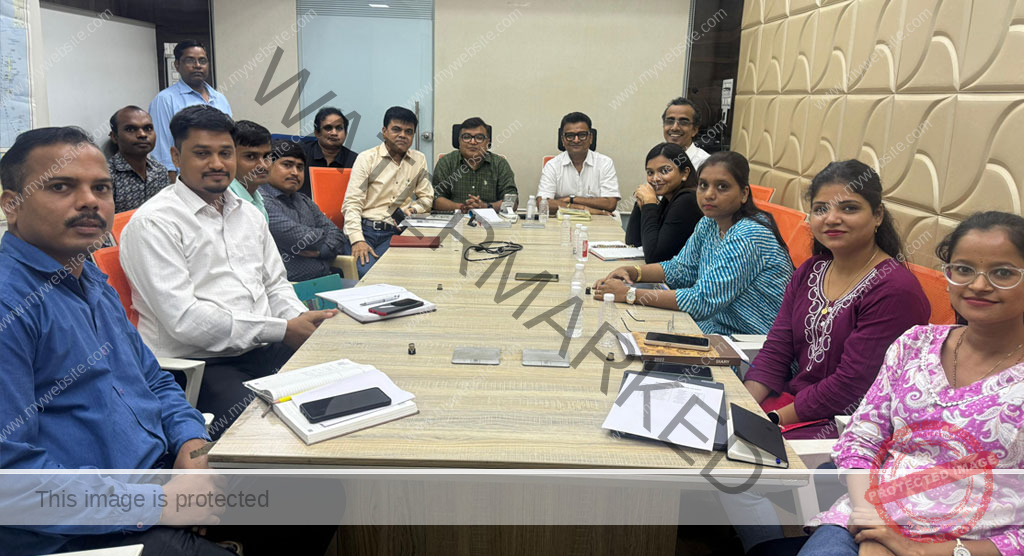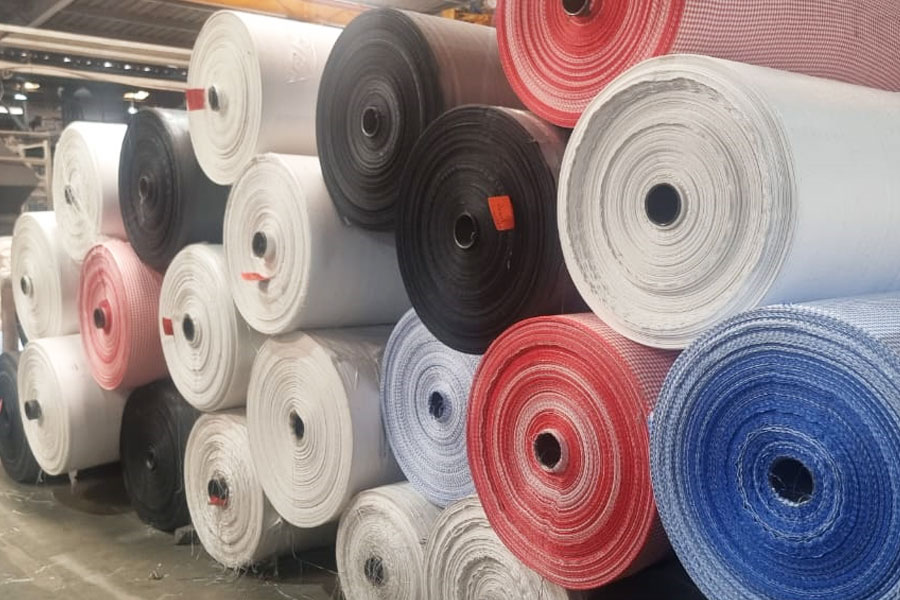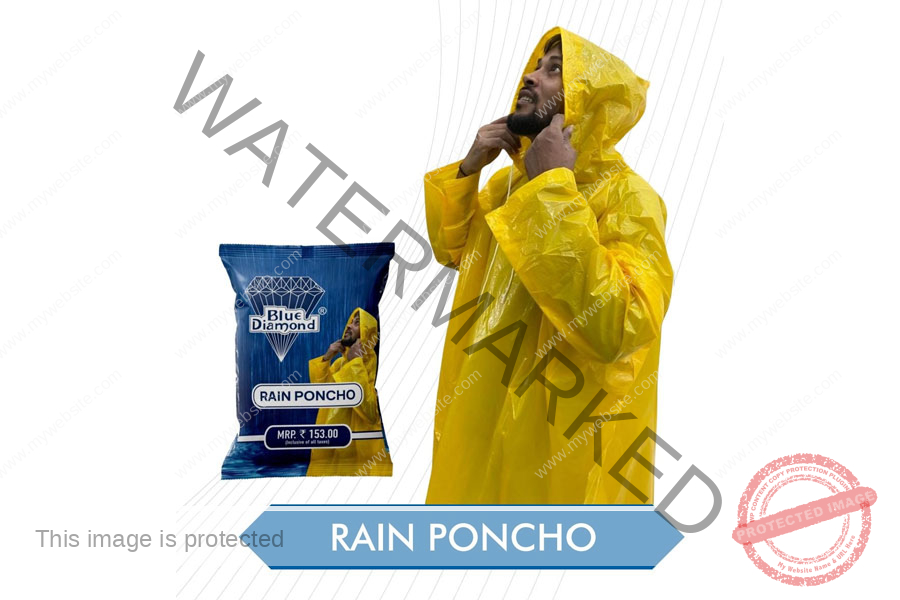



About Us
Welpack Industries Pvt. Ltd. (ISO 9001:2008 Certified Company) is a renowned manufacturer, exporter, importer and supplier of a comprehensive range of Tarps and covers, Carry bags, Garbage bags, HDPE Tarpaulins, PE Tarps and HDPE fabrics.
Our production team uses the latest production technologies and implements the best-grade raw materials in order to develop an extensive range of finest quality products. Customers can avail our products in different specifications and even place bulk orders with us.
- Market Credibility
- State-of-art Infrastructure
- World-Class Products
- Customized Solutions
- Timely Deliveries
- Maximum Customer Satisfaction
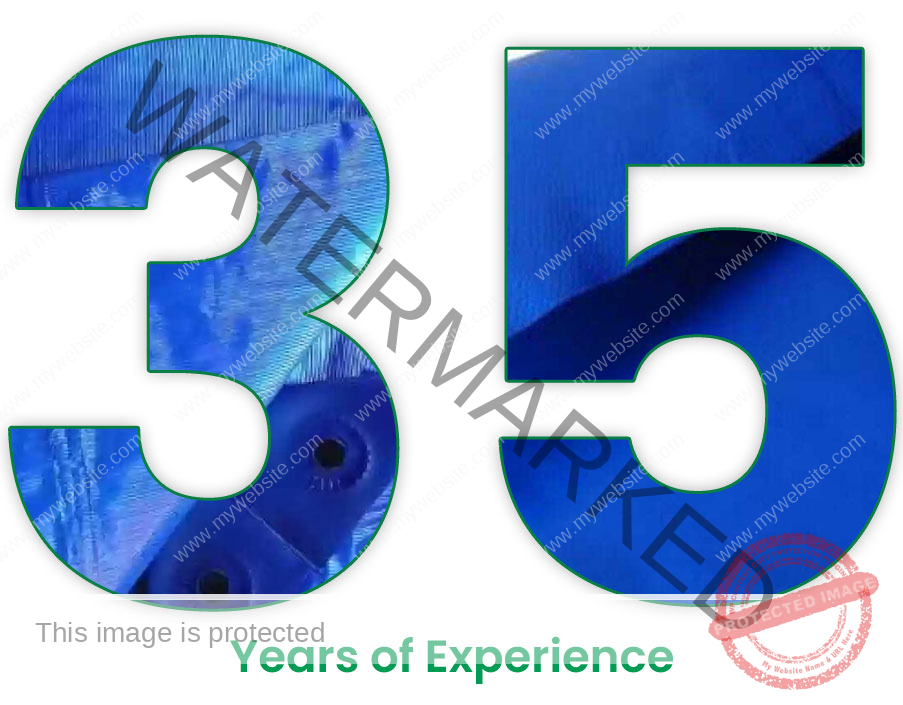
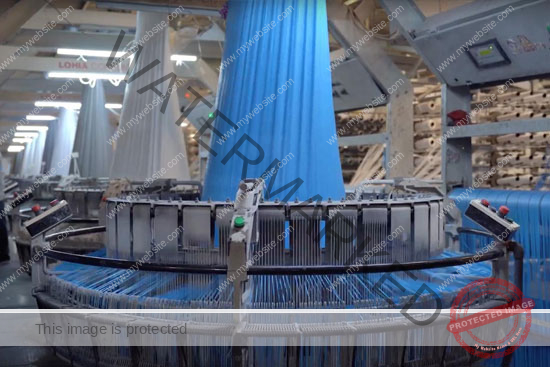
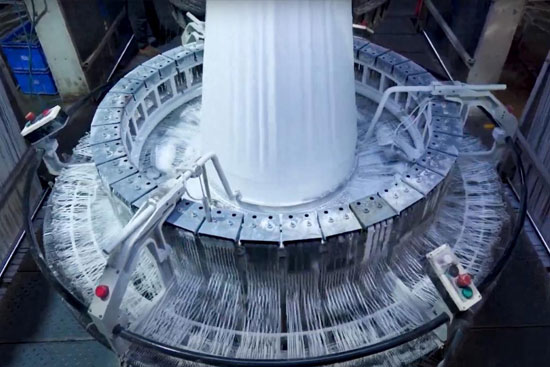
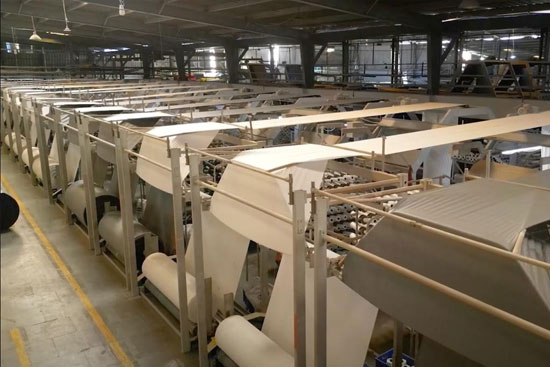
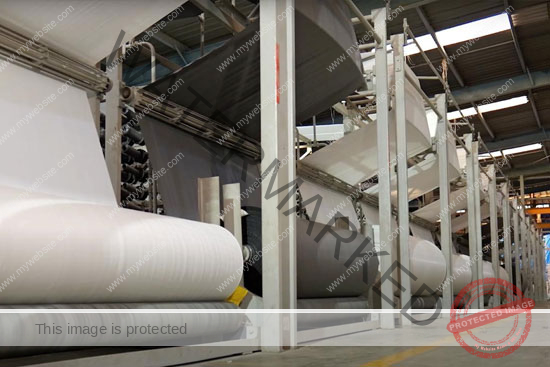
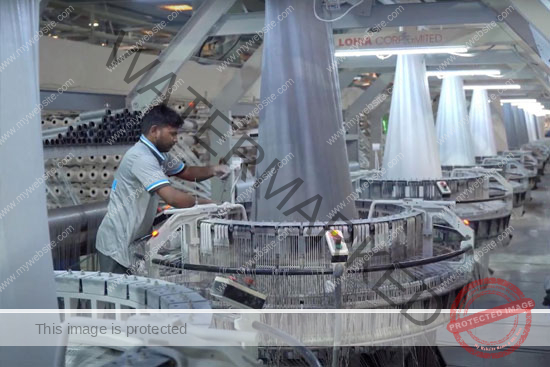

Our Products
HDPE Tarpaulin
HDPE (High Density Polyethylene) Tarpaulins are manufactured from superior quality woven HDPE fabric laminated with LDPE sheets on both sides…
Garbage Bags
Garbage bags are disposable bags used to comprehend solid waste. Such bags are handy to line the insides of waste containers to prevent…
HDPE Fabrics
HDPE (High Density Polyethylene) Fabric is a woven high density polyethylene fabric with a laminated coating. It is a medium-duty fabric that is durable…
Rain Poncho
Made from cross-laminated, multi-layered, UV stabilized plastic sheet, these rain ponchos provide complete protection from rain and wind.
Pond Liner
Welpack Industries Pvt. Ltd., a trusted manufacturer and supplier of pond liners in Mumbai, India, offers high-quality Blue Diamond Pond Liners
Weed Mat
A weed mat (ground cover fabric) is a UV-stabilized, permeable HDPE sheet designed to block sunlight and prevent unwanted weed growth without using herbicides.
INDUSTRIES SERVED

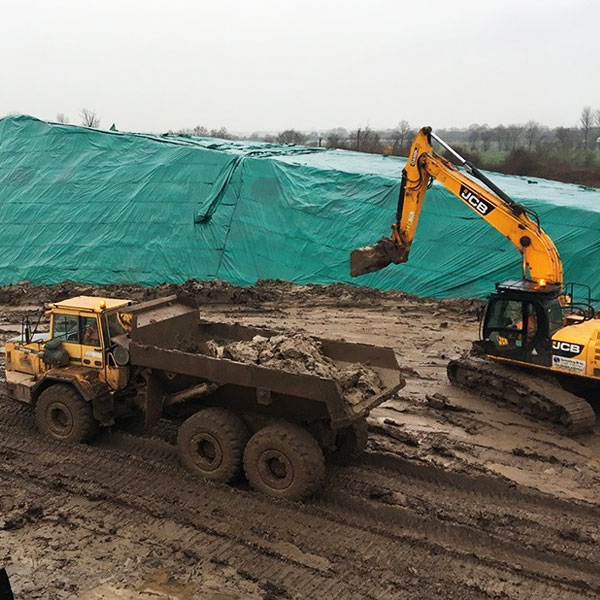
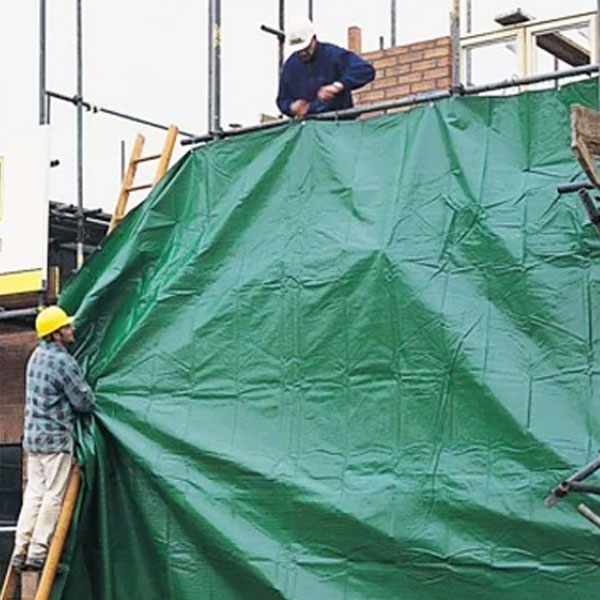
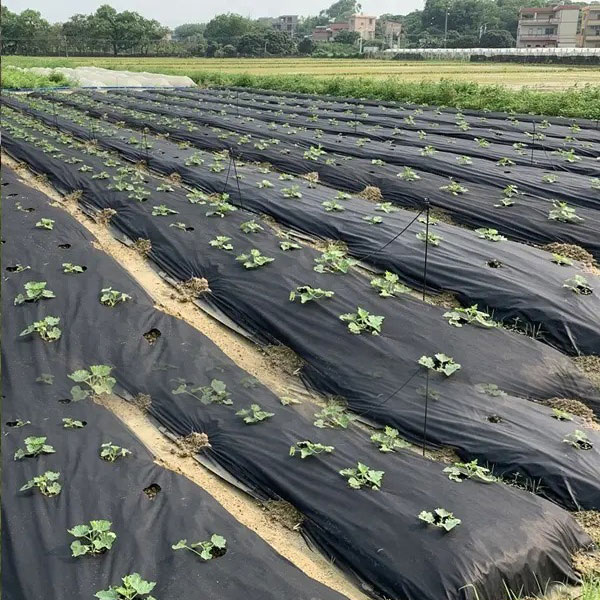
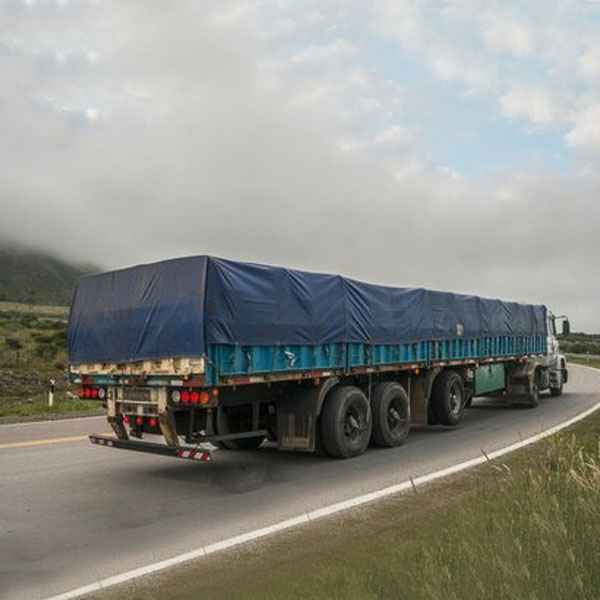
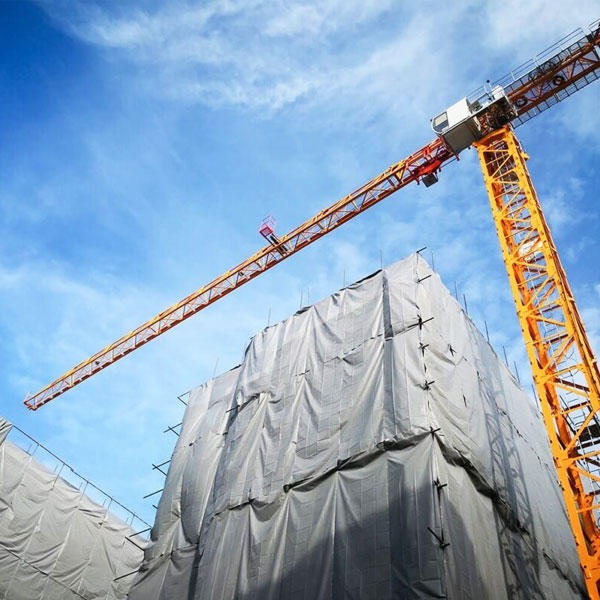
Our Business Mantra
Your success is our success...
Being a client-centric organization, we intensely believe that our company achievement mainly depends on the satisfaction level of our customers. No company in this world can persist in the market without winning the trust of its clienteles. We manufacture every possible recyclable product to provide our clients with satisfactory business experience so that their business can also nurture.
CERTIFICATE

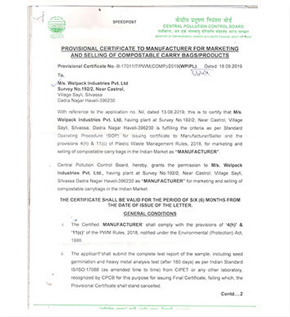
Our BRANDS



